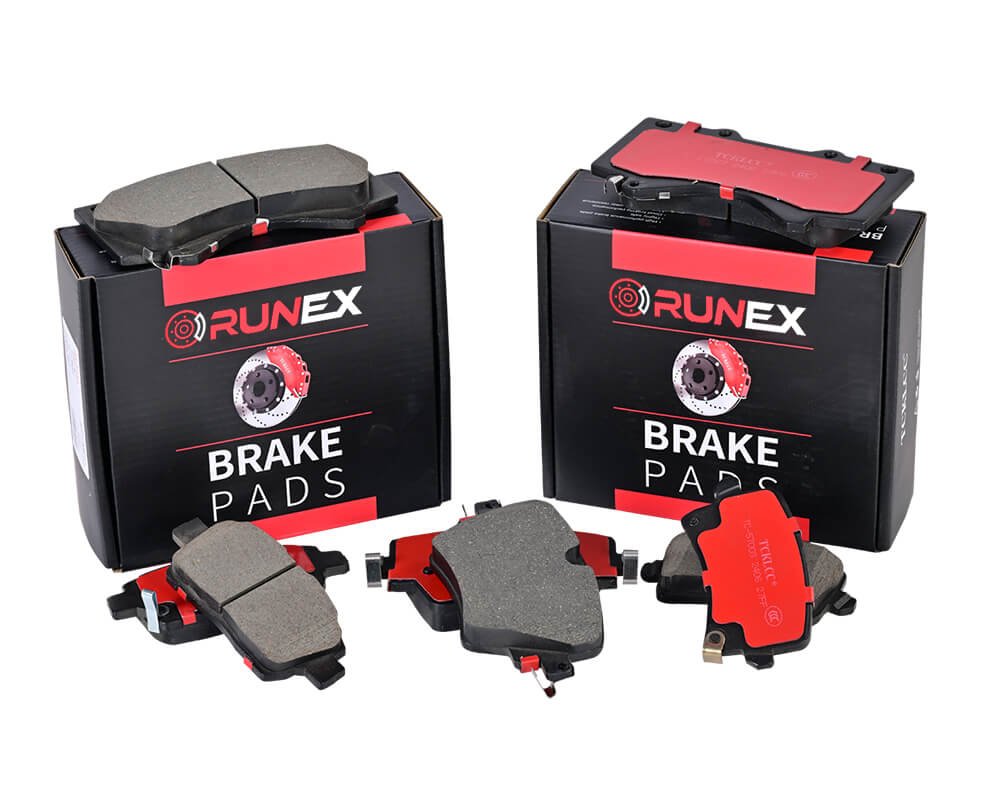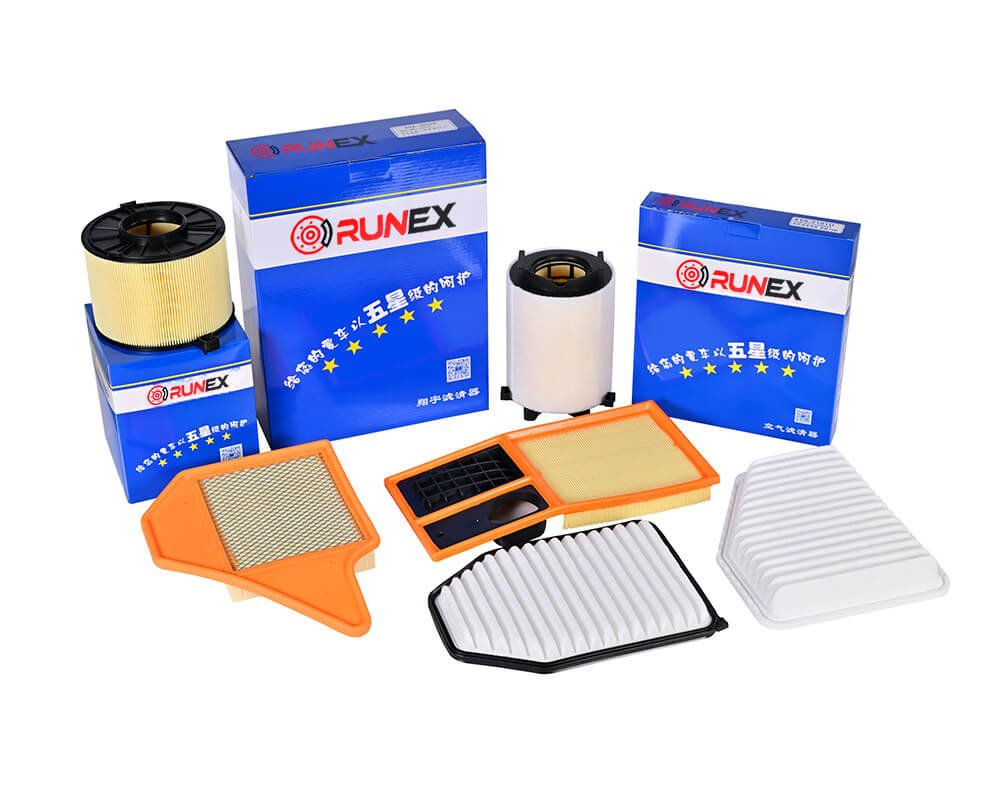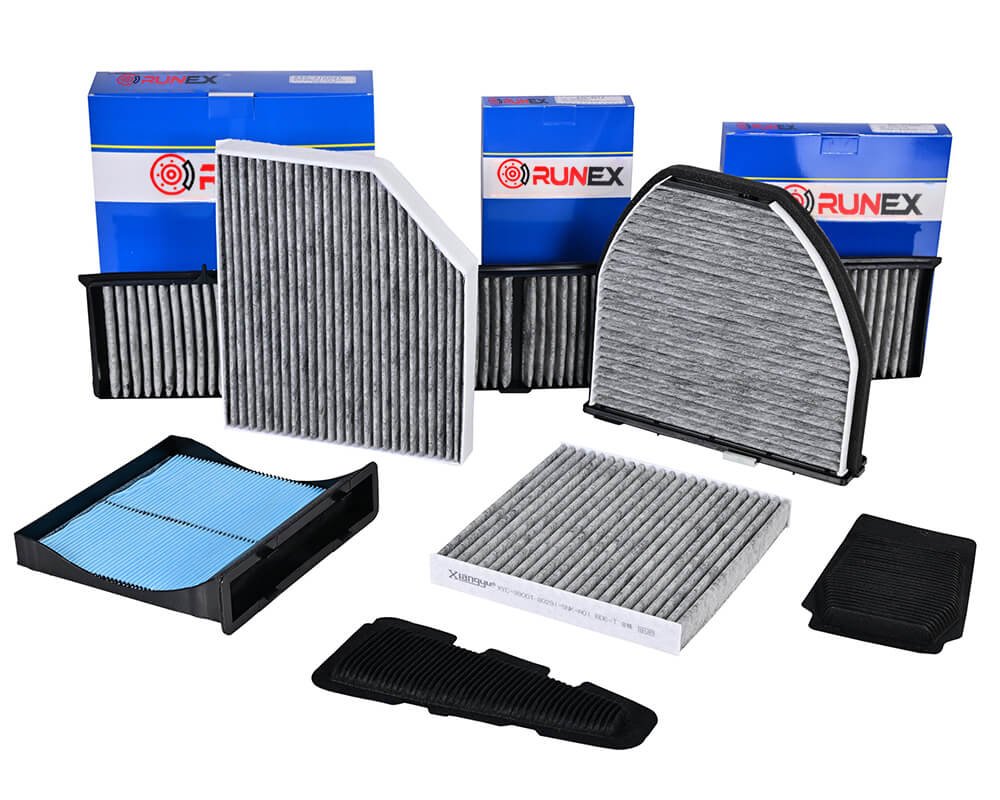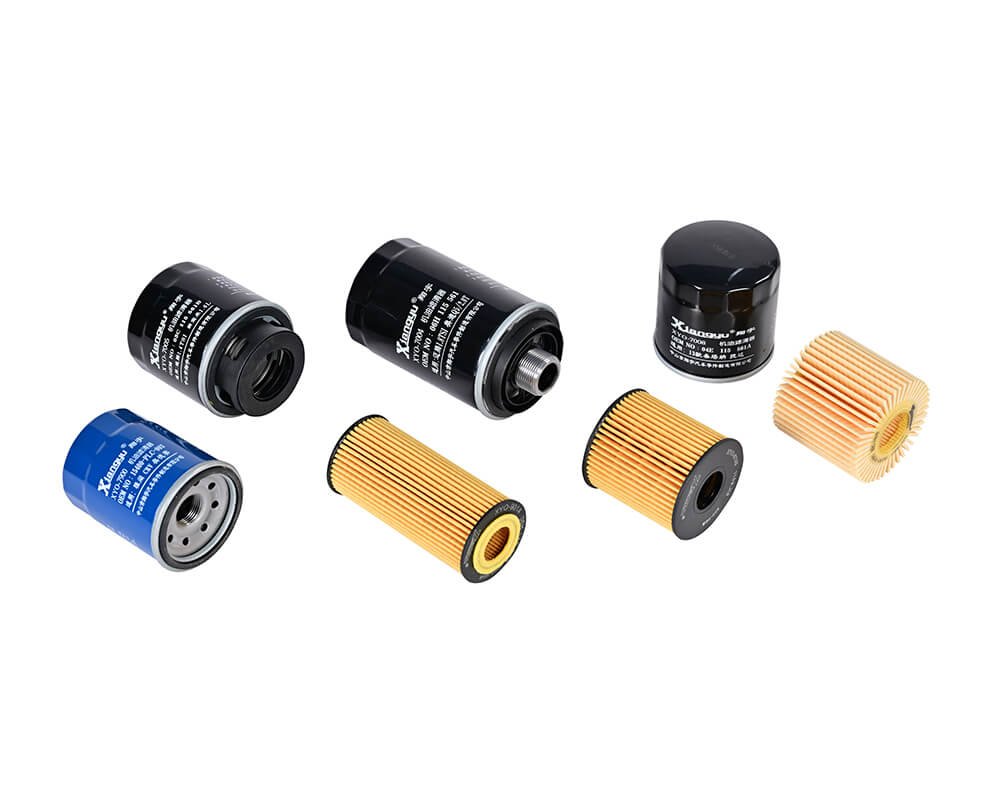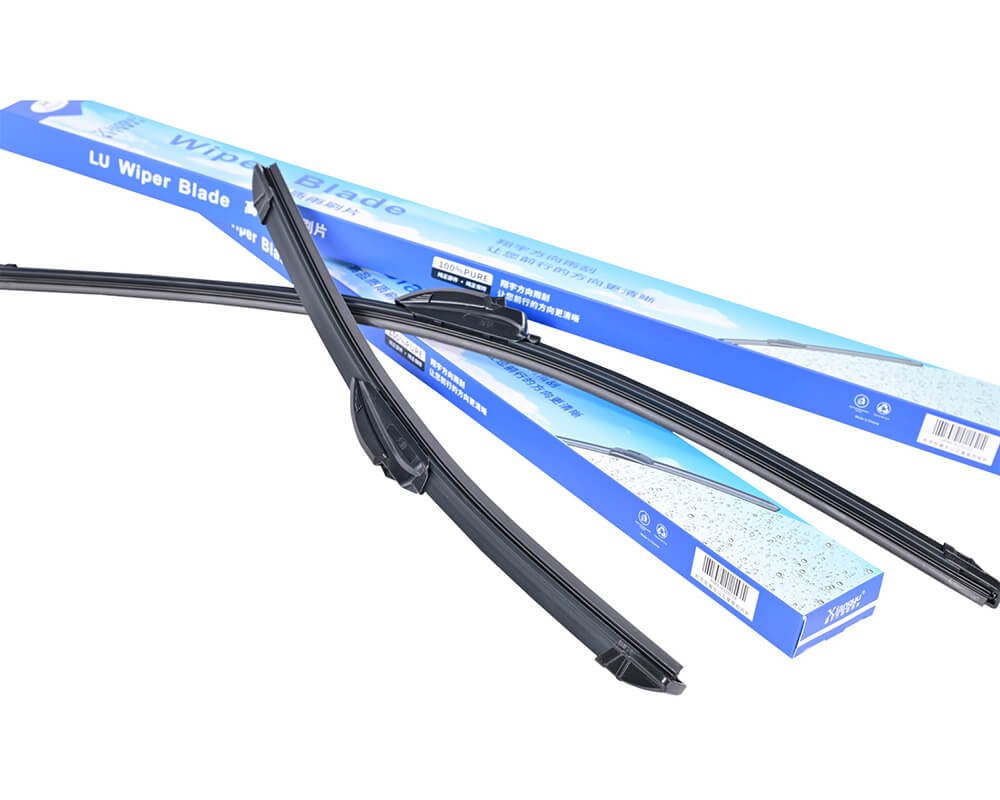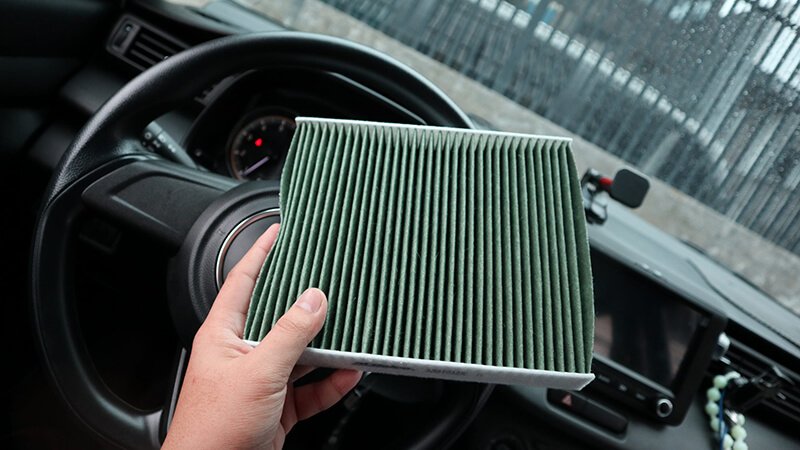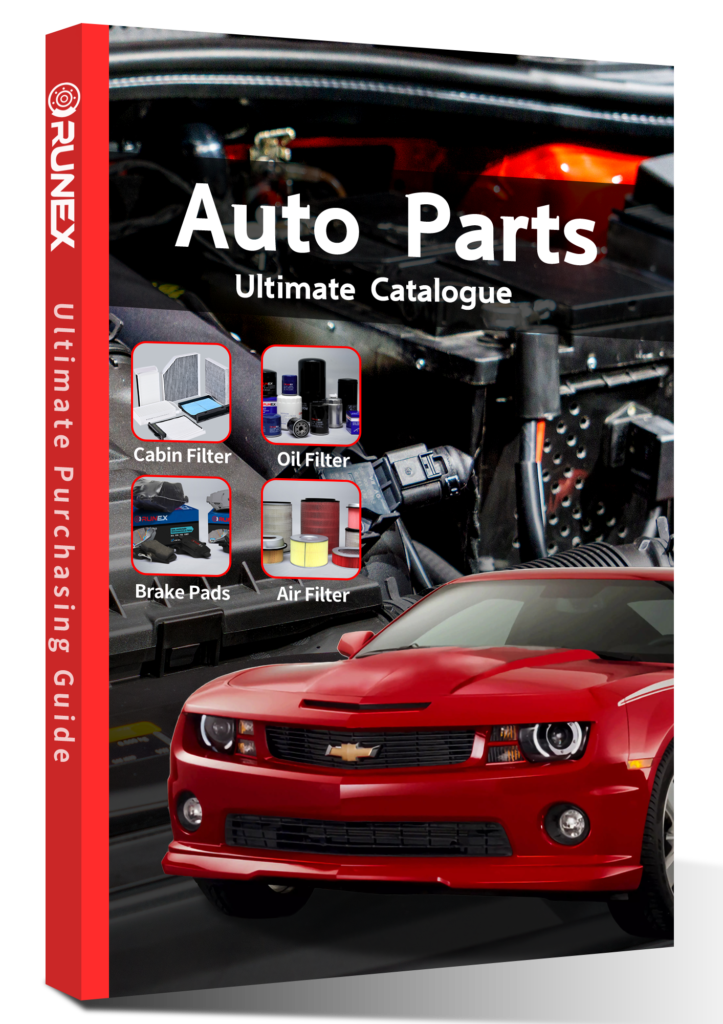Cleaning your car's air filter is an essential maintenance task that can improve your engine's performance and longevity. But how should you properly clean it to ensure maximum efficiency and avoid any damage?
The best way to clean a car air filter depends on its type and condition. Proper cleaning ensures that the engine receives sufficient airflow while avoiding dirt and debris, which is crucial for maintaining performance and fuel efficiency.
Before we dive into the step-by-step process of cleaning your air filter, let's answer some common questions that car owners often have about air filter maintenance.
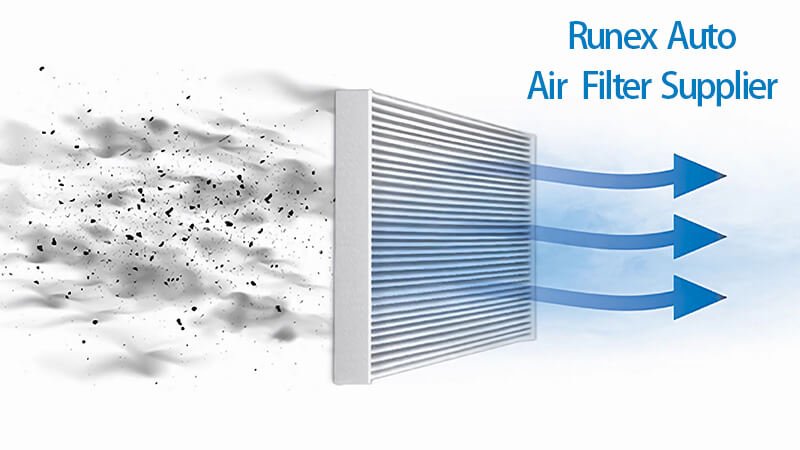
What is the best way to clean a car air filter?
Air filters are essential for keeping the engine clean and running efficiently. The best way to clean your car's air filter can vary depending on the type of filter, but there are general steps you should follow to ensure it’s done properly.
The best method1 for cleaning an air filter depends on whether it’s a paper2, foam3, or cotton filter4. Paper filters typically require replacement, while foam or cotton filters can often be cleaned using compressed air or cleaning solutions.
The performance of your engine relies heavily on the air filter5, which prevents dirt, dust, and other contaminants from entering the engine's intake system. A clean air filter ensures that the engine gets a proper amount of clean air for combustion, which impacts engine efficiency and fuel consumption.
Cleaning Cotton Air Filters
Cotton air filters, commonly used in high-performance vehicles, offer excellent filtration while maintaining airflow. These filters can be cleaned and reused multiple times. Here's how you can clean them:
- Tap to Remove Loose Dirt: Gently tap the filter to loosen dirt and dust particles.
- Compressed Air: Use compressed air to blow dirt and debris out of the filter. Blow from the clean side of the filter to the dirty side to prevent pushing dirt into the filter media.
- Washing with Detergent: If the filter is very dirty, wash it with a mild detergent solution. Be careful not to use any harsh chemicals that can damage the filter material.
- Dry Completely: Let the filter air dry completely before re-oiling it and reinstalling it.
| Step | Purpose | Notes |
|---|---|---|
| Tap the Filter | Removes loose debris | Use a soft surface to prevent damage |
| Compressed Air | Dislodges dirt without damage | Always blow from the clean side |
| Detergent Wash | Removes stubborn dirt | Use mild detergent, avoid harsh chemicals |
| Drying | Ensures no moisture remains | Dry naturally; avoid using a dryer |
Cleaning Foam Air Filters
Foam filters are used in some off-road vehicles and motorcycles. To clean them, follow these steps:
- Rinse with Water: Start by rinsing the filter under running water to remove large particles.
- Use Mild Soap: Wash the foam filter with mild soap and warm water to break down the dirt and oil.
- Dry and Re-oil: After washing, let the filter air dry completely, then re-oil it with the recommended filter oil.
| Step | Purpose | Notes |
|---|---|---|
| Rinse with Water | Removes larger particles | Use cold or lukewarm water |
| Wash with Soap | Breaks down oil and dirt | Avoid harsh detergents |
| Dry and Re-oil | Ensures proper filtration | Apply filter oil after drying |
Paper Air Filters
Unlike foam or cotton, paper filters cannot be cleaned effectively. Once they are clogged, the best solution is to replace them. Cleaning a paper filter will damage its delicate fibers, leading to reduced filtration capacity and potentially harming the engine.
| Step | Purpose | Notes |
|---|---|---|
| Cleaning | Ineffective for paper filters | Paper filters should be replaced when dirty |
| Replacement | Restores filtration performance | Change paper filters every 12,000-15,000 miles |
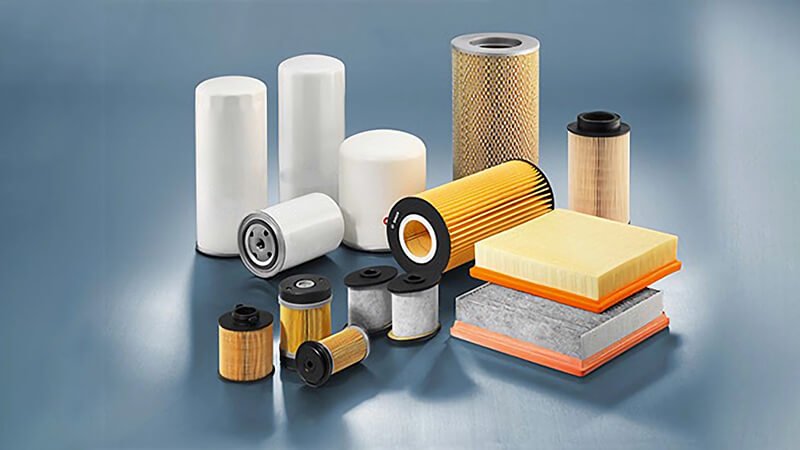
Is it okay to vacuum a car air filter?
Vacuuming seems like an easy solution to clean your car’s air filter, but is it a good idea? Let’s take a look at the pros and cons of vacuuming an air filter.
Vacuuming a car air filter may be effective for removing large particles, but it’s not always the best method, especially for fine filters6. Vacuuming can sometimes cause damage to delicate filter materials.
Vacuuming an air filter is a commonly used method, but it is not always the safest approach for all types of filters. While it’s effective at removing large particles, vacuuming can cause irreversible damage to certain filters, especially cotton7 and paper8 ones. The suction force generated by a vacuum can be too intense for these delicate filter materials, potentially causing them to tear or become misshapen.
Vacuuming Cotton and Foam Filters
Cotton and foam filters can sometimes handle light vacuuming, but it's crucial to use a vacuum with adjustable suction power. High suction could tear or distort the fibers. If you decide to vacuum, use the lowest setting to gently remove debris without causing damage. Here’s how to safely vacuum these filters:
- Use Low Suction: Always use the lowest suction setting available.
- Vacuum in Short Bursts: Vacuum the filter in short bursts, not continuously, to avoid damaging the material.
- Work from the Clean Side: Vacuum from the clean side of the filter to prevent pushing dirt deeper into the filter media.
| Step | Purpose | Notes |
|---|---|---|
| Use Low Suction | Prevents damage to the filter | High suction can tear filter fibers |
| Short Bursts | Reduces risk of distorting material | Continuous suction can damage the filter |
| Clean Side First | Ensures debris is removed properly | Avoid pushing dirt into the filter media |
Vacuuming Paper Filters
Vacuuming paper filters is not recommended under any circumstances. The fine fibers of paper filters are easily damaged by suction, which will degrade the filter’s ability to trap dirt. Vacuuming paper filters will only distort them, making them less effective at protecting the engine. If the filter is dirty, replacement is the best option.
| Filter Type | Vacuuming Effect | Reason |
|---|---|---|
| Cotton Filters | Can be vacuumed with caution | Low suction is key to prevent damage |
| Foam Filters | Can be vacuumed, but carefully | Use low suction and avoid continuous vacuuming |
| Paper Filters | Should never be vacuumed | Suction will ruin the delicate filter fibers |
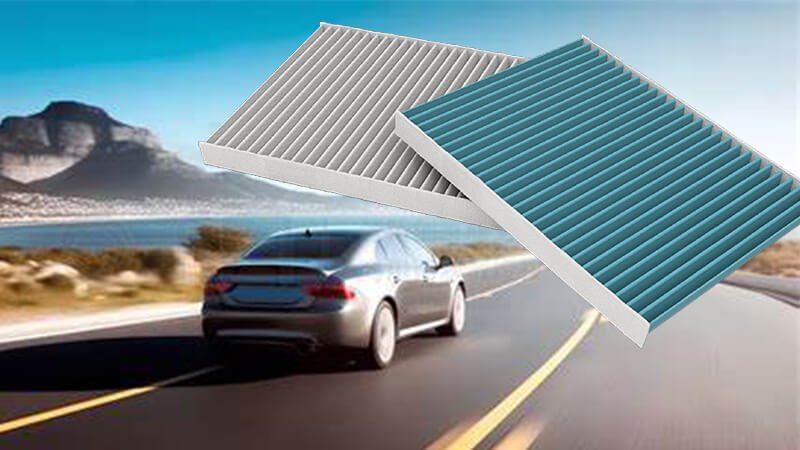
Can I clean my air filter instead of replacing it?
Cleaning your air filter can seem like a great way to save money, but can it replace the need for a full replacement? Let’s break down when it’s okay to clean and when you should replace it.
Whether you can clean your air filter instead of replacing it depends on the type of filter and its condition. In most cases, foam9 and cotton filters10 can be cleaned and reused, but paper filters11 should be replaced.
The decision to clean or replace an air filter is contingent on the type of filter, its condition, and the manufacturer's recommendations. For cotton and foam filters, cleaning is typically a viable option. However, for paper filters, cleaning is ineffective, and they should be replaced once dirty.
Cleaning Cotton Filters
Cotton filters are designed to be cleaned and reused. Regular cleaning allows these filters to perform efficiently and maintain their longevity. However, cleaning should be done carefully to avoid damaging the filter material, especially if it’s oiled for better performance. Over-cleaning or improper handling can degrade the filter's ability to trap particles.
| Filter Type | Cleaning Method | Frequency of Cleaning | Notes |
|---|---|---|---|
| Cotton | Compressed air, detergent | Every 12,000-15,000 miles | Re-oil after cleaning |
| Foam | Mild soap, water | Every 12,000-15,000 miles | Ensure complete drying before reuse |
Cleaning Foam Filters
Foam filters can be washed and reused many times, which makes them a great option for vehicles that operate in harsh environments. However, foam filters can wear out over time, especially if they are cleaned too frequently or with harsh chemicals. Once the foam begins to degrade, it’s time to replace it.
Paper Filters
Paper filters, however, should always be replaced rather than cleaned. Once these filters are clogged, their ability to trap particles is compromised, and cleaning them may cause permanent damage. Paper filters are relatively inexpensive, so replacing them ensures your engine receives the clean air it needs to perform optimally.
| Filter Type | Replaceable | Replace Frequency | Cleaning Feasibility |
|---|---|---|---|
| Cotton Filters | Yes | Every 12,000-15,000 miles | Can be cleaned |
| Foam Filters | Yes | Every 12,000-15,000 miles | Can be cleaned |
| Paper Filters | Yes | Every 12,000-15,000 miles | Cannot be cleaned |
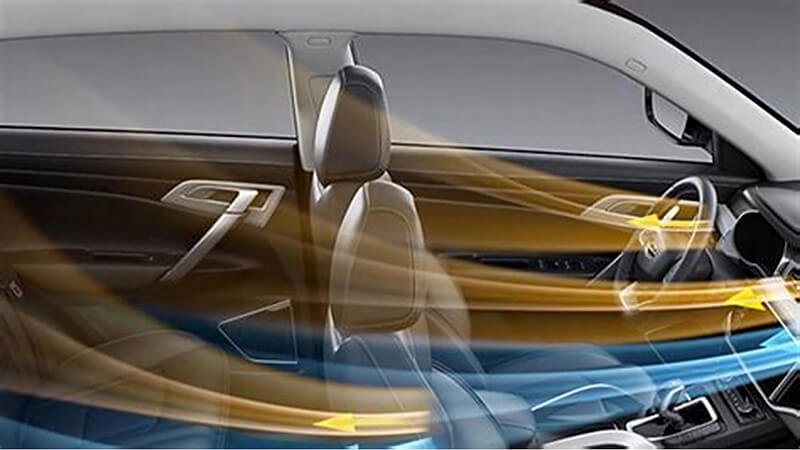
Is it OK to drive with a wet air filter?
After cleaning your car’s air filter, it’s important to let it dry completely. But what if you accidentally leave it wet? Can you drive with a wet air filter, or should you wait for it to dry?
Driving with a wet air filter is not recommended, as it can hinder airflow to the engine and damage the filter. It’s important to allow the filter to dry completely before reinstalling it to ensure optimal performance.
Using a wet air filter can have several negative effects on your vehicle’s performance. A wet filter restricts airflow, reducing engine efficiency and potentially causing engine damage. When the filter material is wet, it becomes heavier and less effective at trapping particles, which could lead to dirt entering the engine.
Risks of Driving with a Wet Air Filter
-
Reduced Airflow12: A wet filter can block airflow, causing the engine to struggle for air, which impacts fuel efficiency.
-
Engine Damage13: If the filter gets too wet, water can seep into the intake system, leading to potential engine damage.
-
Mold Growth14: Moisture left on the filter could promote mold or mildew growth, further compromising filtration.
| Risk | Effect | Solution |
|---|---|---|
| Reduced Airflow | Less efficient engine operation | Wait for filter to dry completely |
| Engine Damage | Potential water damage to engine | Ensure filter is dry before installation |
| Mold Growth | Contaminates engine components | Dry thoroughly before reinstalling |

Conclusion
Cleaning your car's air filter is an important part of vehicle maintenance, but it's essential to understand when to clean and when to replace the filter. Proper cleaning ensures that your engine gets the airflow it needs, while also saving you money. However, using the wrong cleaning method or failing to let the filter dry completely can damage the filter or your engine. Remember, keeping your air filter clean and in good condition is an investment in your vehicle’s longevity.
Looking for OEM air filter supplier15, contact us to know Runex and get your free sample.
-
Understand the various methods of cleaning different types of air filters for vehicles. ↩
-
Learn about the cleaning requirements for paper air filters and their replacement needs. ↩
-
Find detailed instructions on cleaning foam air filters properly. ↩
-
Get insights into cleaning and maintaining cotton air filters effectively. ↩
-
Discover how an air filter impacts engine efficiency, performance, and fuel consumption. ↩
-
Learn about the differences in filter types and why vacuuming may not work well for fine filters. ↩
-
Understand the risks of vacuuming cotton air filters and how to handle them properly. ↩
-
Find out whether paper air filters can be vacuumed and the potential risks involved. ↩
-
Understand whether foam air filters can be cleaned properly or need replacement. ↩
-
Learn the best techniques to clean cotton filters without damaging them. ↩
-
Discover why cleaning paper filters is ineffective and why they should be replaced. ↩
-
Understand the impact of restricted airflow on engine performance and fuel efficiency. ↩
-
Learn how driving with a wet air filter could lead to engine issues. ↩
-
Find out how moisture on air filters can lead to mold or mildew growth and affect filtration. ↩
-
OEM air filter supplier, know more details and products for your business. ↩


